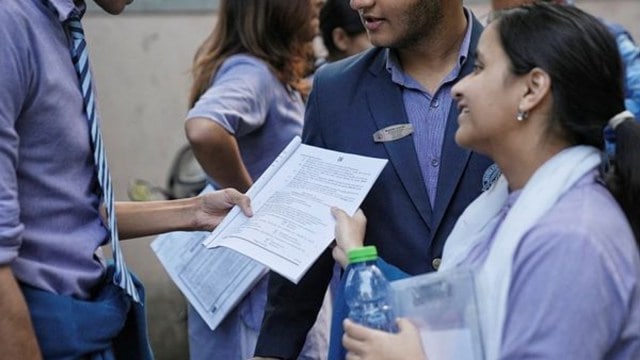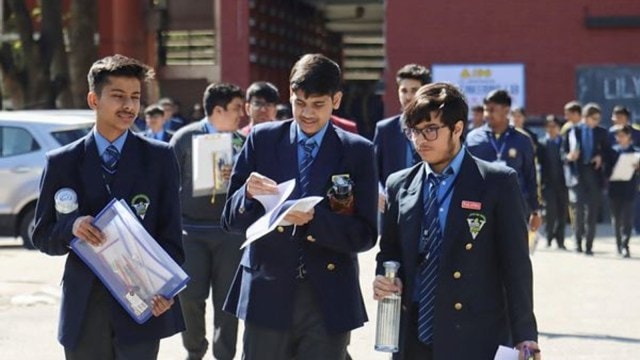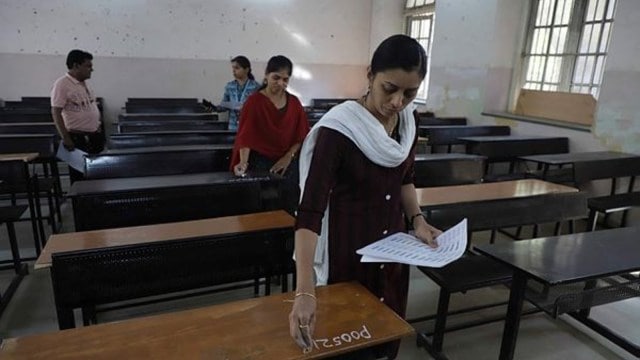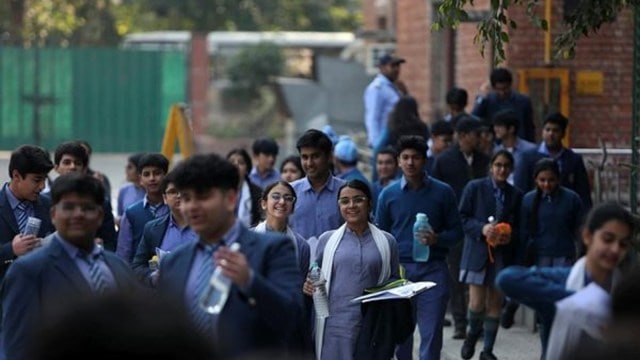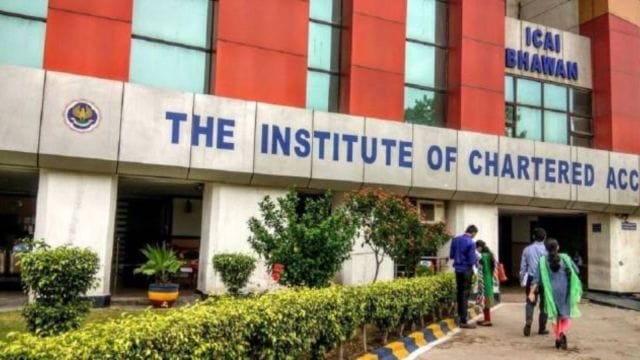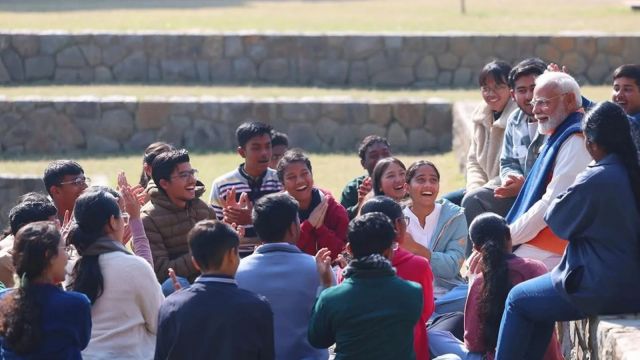
Amid farmer distress in Maharashtra, Mahayuti sops seen as carrying urban bias
In the spree of schemes and promises by the Mahayuti government in the run-up to the Maharashtra elections, from the Ladki Bahin Yojana and “food and shelter for all”, and old age pension to financial support for students, one group in the cotton belt of Vidarbha is increasingly feeling left out.
With their demand for MSP for their mainstay kharif crops of cotton and soyabean unfulfilled, and staring at huge losses, farmers are turning away from what they see as “piecemeal” offers to them – far removed from the BJP’s lofty promises of “double income, double production”.
On the ground, this has translated into a visible chasm between the state’s rural and urban voters, with the word “phokat (freebies)” coming up disparagingly in conversations with villagers.
About 55% of Maharashtra is considered rural, amounting to 158 of its 288 constituencies. In Vidarbha, which is seen as a backward region with the highest number of alleged farmer suicides in the state, 34 of 62 seats qualify as rural. Given the narrow gap, the rural-urban tension can have a bearing on the results.
Vidarbha used to be a Congress stronghold, but the BJP has been making gains here. In 2014, the BJP picked up 44 seats in Vidarbha, and in 2019, its tally was 29. This time, of the 76 constituencies where the BJP and the Congress are engaged in a direct contest in Maharashtra, 36 are in Vidarbha. The BJP is contesting its most number of seats here as well, 47.
Vidarbha is also home to top leaders of several main Maharashtra parties, including Fadnavis of the BJP and Congress state chief Nana Patole.
Patole, in fact, has placed his bets on unrest in the rural belt to counter the BJP’s Vidarbha Vision promise, which is seen as directed at urban constituencies. The promise includes mega infrastructure projects, including a Rs 55,000 crore ‘Samruddhi Mahamarg’ between Nagpur and Mumbai passing through all 11 Vidarbha districts.
While many admit that they too are beneficiaries of schemes such as Ladki Bahin Yojna, free cylinders, free rations and electricity waivers, the farm and farmer distress is palpable.
Sandeep Brahmankar, a farmer owning four acres in village Paur in Yavatmal tehsil, says: “I just got 12 quintals of soyabean from my land against the expected 15 due to rains. Then, I had to sell my crop at Rs 4,073 per quintal instead of the declared MSP of Rs 4,892.”
The demand and supply dynamics of soyabean, coupled with a slump in international prices, means local traders are refusing to pick up soyabean at MSP. As 78% of the farmers in Vidarbha fall under the small or medium category, they don’t have the means to hold back their stock and wait for appropriate prices.
Government agencies, too, have procured hardly 2,000 tonnes of soyabean at MSP so far from Maharashtra. This is a fraction of the Centre’s approved 13.08 lakh tonnes (lt) purchase from the state, even as production has risen from 66.10 lt in 2023 to 73.27 lt. The sowing of soyabean over 50.52 lh this kharif season was higher than for any crop.
Across villages in Wardha and Yavatmal in Eastern Vidarbha, the refrain is: “We don’t need free food, free power, cash handouts. Just higher prices for our crops.”
At an Agriculture Produce Market Committee (APMC) mandi in Wardha district, thousands of farmers await their turn for auction of soyabean on a sunny Monday morning. After traders have done their quality checks, the auction is over in less than an hour, with traders paying Rs 3,500 to Rs 4,100 per quintal, far lower than the MSP.
A few feet away, the makeshift NAFED (National Agricultural Cooperative Marketing Federation) office stands desolate. These NAFED centres were set up in the last week of October to facilitate procurement of soyabean from farmers at MSP. An APMC official admits: “This centre has been operational for just 15 days. Due to Diwali, it was closed from October 26 to November 4.”
On Yavatmal APMC premises, pointing to the shut NAFED centre, a farmer says: “Why should anybody in the government bother about farmers who make up just 25% of the vote bank?”
However, a private entrepreneur based in Nagpur, Abhishekh Kale, argues that the government is moving in the right direction. “We need the same party at the Centre and state to ensure rapid development. With Prime Minister Narendra Modi putting development on fast track, a BJP-led government in Maharashtra will work to our advantage,” Kale says.
Vijay Gite, who is a homemaker, says that a project such as Samruddhi Mahamarg helps everyone across the board by making “travel a dream”. She credits the Fadnavis-led BJP government of 2014-2019 with development works across Maharashtra, adding: “The BJP under Modi has shown people how systems work flawlessly. There is transparency and accountability.”
Ankita Banerjee, a B.Com student, says good roads and Metro services have changed life in the city. “Nitin Gadkari and Devendra Fadnavis have together helped build good roads.”
There is another side-effect of government freebies, and that is shortage of labour, forcing farmers to pay higher wages at harvesting time. On an average, farmers are spending Rs 15,000-Rs 20,000 per acre.
Subash Wake of village Waiphal in Wardha says: “With free rations and allowances under BPL, a huge workforce now sees farm labour as redundant. A generation has been pushed into leisure and laziness.”
A common sight across villages is of youths playing cards or immersed in their mobile phones. “Why should they worry when everything is provided for them?” says Sanjay Urkude of Yelakai in Wardha.
BJP leaders contest that no other government has undertaken as many reforms for farmers as Modi’s at the Centre and the Mahayuti’s in Maharashtra. They give the example of the Jalyukta Shivar Scheme launched for drought mitigation under the Fadnavis government.
In its manifesto released this week, the BJP promised that a Mahayuti government “will compensate for the average price difference on soyabean between the sale and MSP”. But farmers have heard this before.
During his campaign speeches, Union Home Minister Amit Shah has now started warning farmers that an MVA government could open doors for their land to be taken over as waqf property.
Congress leader Vijay Waddetiwar says this is typical of the BJP. “When it is on the backfoot, it reverts to a communal agenda.”
Patole adds: “Farmers’ plight is a reality. The Mahayuti has failed the agriculture sector and farmers. Even the basic MSP which is farmers’ right has been denied. The farmers will give a befitting response in the elections.”
However, as a trader at Yavatmal APMC, Mohan Kumar Agarwal, says, it is again a case of parties misguiding farmers. “The price fall is due to the international market; no government in Maharashtra can be held responsible for it,” he says, pointing out that even good quality soyabean rates abroad are equivalent to Rs 3,000 to Rs 3,500 per quintal. “It is feasible because their yield per acre is much higher, up to 20 to 25 quintals. What the government should do is promote the use of advanced technology to help farmers enhance production,” he says.
The Centre and state must come together to provide assistance to farmers, says Vijay Jawandia, a Vidarbha farmer leader. “They should implement M S Swaminathan’s C2+50 formula (giving farmers 50% extra on crop cost),” he says.

 Posts
Posts Sign up as a Teacher
Sign up as a Teacher